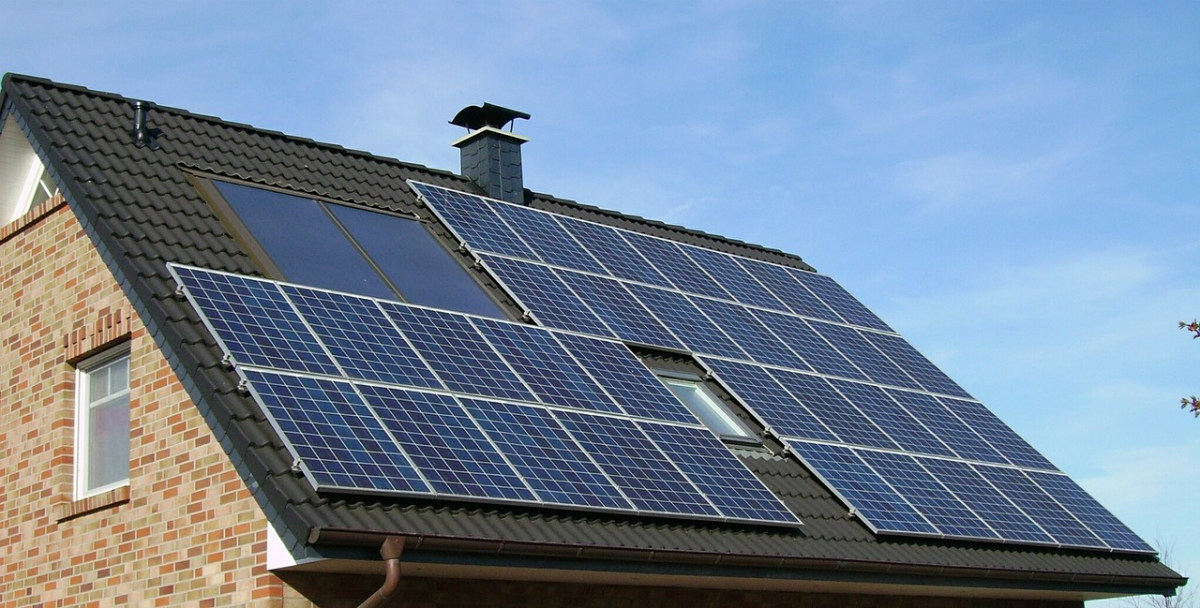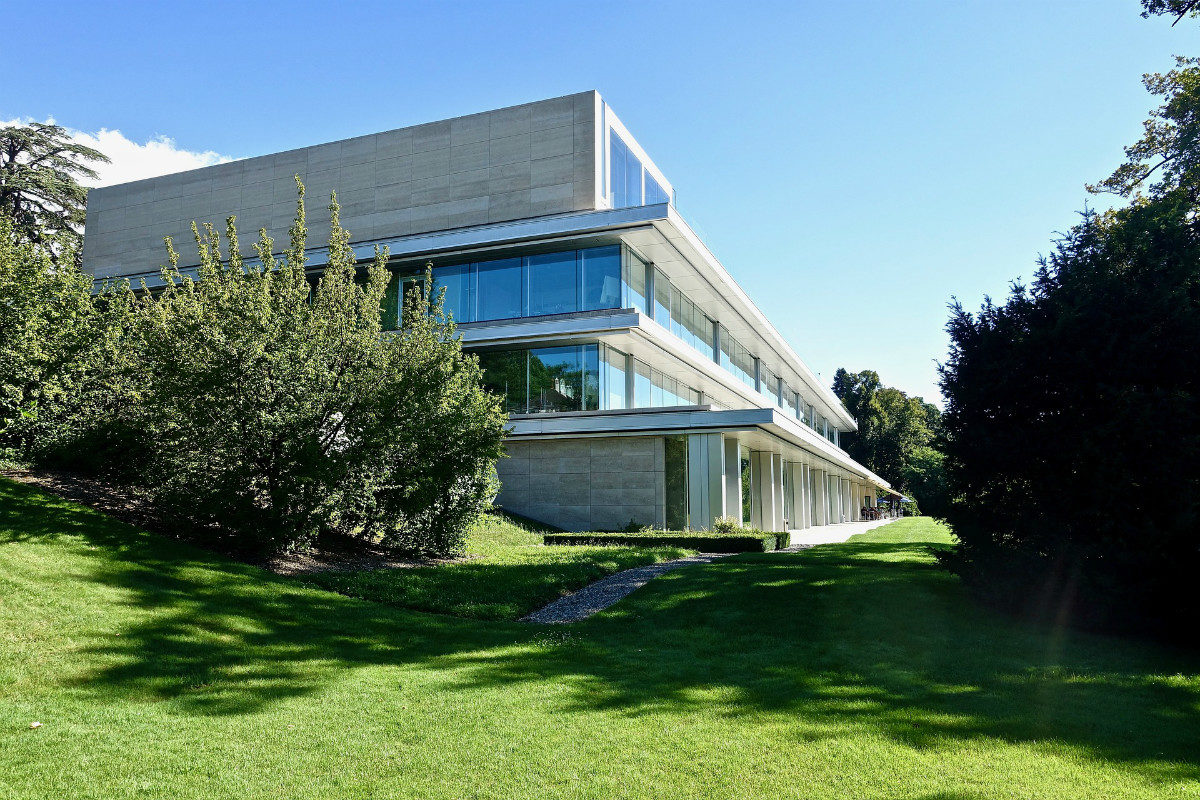According to the
U.S. Green Building Council, the commercial and residential building sector accounts for 39 percent of carbon dioxide (CO2) emissions in the United States each year. This presents an immense opportunity for architecture and construction professionals to pursue more sustainable design and construction practices that can reduce emissions from the industry.
To find out more about sustainable building, here’s what you should know about the energy-efficient materials and green innovations driving the construction industry.
The Environmental Impact of Traditional Construction
New building and construction impacts the environment in a variety of ways.
For starters, adding new buildings to the electricity grid places a strain on energy and increases fossil fuel consumption. Smart building control company
Boss Controls explains that new construction also has an impact on air quality and water consumption.
Another detriment of traditional construction is that producing and transporting materials puts a major strain on natural resources such as wood and minerals while adding additional greenhouse gases to the air.
Although traditional construction materials are damaging to the environment, industry leaders have an immense opportunity to make new buildings more environmentally friendly. According to
Econyl, a company that regenerates nylon waste to create new products, architects and designers can specify materials and products that benefit the environment in their initial building plans.
Where Sustainability and Design Meet
Prioritizing sustainable design can meet the needs of both people and the environment.
By definition, sustainable architecture seeks to leverage technologies, products and techniques that reduce water and energy consumption, architect
Charissa Snjiders says. Sustainable architecture looks to improve human quality of life by supporting the health and wellbeing of natural environments.
Some might think that prioritizing sustainability means forgoing aesthetics, but architect and sustainability advocate
Lance Hosey argues that the two aren’t mutually exclusive. In fact, Hosey wrote an entire book focused on the idea that sustainability is inherently beautiful. By using the shapes, colors and patterns that are naturally present in nature, architects can create spaces that are both aesthetically pleasing and good for the natural world.
This also echoes the principles of biomimicry, which is “an approach to innovation that seeks sustainable solutions to human challenges by emulating nature’s time-tested patterns and strategies,” according to the
Biomimicry Institute.
Biomimicry is when innovators look to nature to solve a problem or inspire a design. As nature is filled with natural solutions like waterproofing, camouflage and solar power, modern biomimicry pioneer
Janine Benyus says that nature is one of the best ways to solve building and construction problems in the modern age.

Energy Efficiency
Energy efficiency over the lifetime of a building is one of the most important considerations for sustainable design,
Build Abroad argues.
For example, a properly located building would be oriented correctly toward the sun so natural light and warmth can reduce the need for powered heating and lighting. An energy-efficient roof, such as a cooling roof, can also help reflect heat and keep a home cool to reduce energy costs.
According to
McPherson Architects, a cool roof stays up to 50 degrees cooler than an ordinary roof, helping building owners save a significant amount of money to air conditioning.
Another way to maximize energy savings in a home is to use wood-based insulation instead of insulation derived from petroleum. According to
Rebecca Ward Nelson, senior marketing manager at Vertical Communications, choosing a more sustainable method for insulation can insure that a building stays both warm and green.
There are also multiple options to choose from, so contractors can choose a wood insulation that meets the needs and budget of a building.
Sustainable Materials
Seeking out more sustainable materials for any construction project is a vital first step toward making buildings more sustainable.
However, architect and writer
Murrye Bernard stresses industry leaders must work to differentiate between products that are actually green, and those that are labeled as such due to marketing. Products made from natural, renewable materials and those that include recycled content are a great place to start.
It’s also important to become educated on which materials are most detrimental to the environment. For example, designer
Emily Peckenham explains that the production of concrete is a major contributor to greenhouse gases.
That’s why, Peckingham suggests, architects and construction professionals should look toward more sustainable alternatives such as HempCrete, sustainable, light-weight materials that can drastically reduce the energy used to create and transport concrete blocks. HempCrete is created from the woody fibers of a hemp plant, and they are extremely strong and durable, making the material a viable option for building.
Bamboo is another material that’s both energy-efficient and sustainable to harvest.
Elora Hardy, who founded the design firm Ibuku, explains that while bamboo is essentially as strong as concrete and earthquake resistant, it is also light and easy to transport. Hardy has been leading a design team at Ibuku that makes bamboo homes, schools, resorts and more in Indonesia. While working with bamboo does present certain architectural challenges (such as making a ceiling), Hardy says she believes that this is the sustainable material of the future.
Sustainable materials for building and interior design are also being made from animal matter. For example, architect and materials researcher
Blaine Brownell says that bioplastic made from shrimp shells helped scientists at Harvard create a biocompatible, biodegradable, inexpensive alternative to ordinary plastic. This new bioplastic can easily be molded into 3D shapes, giving it a wide range of uses across personal and commercial applications.
Finally, it’s important to discuss the role of recycling and adaptive reuse in sustainable building. Our
EmagiBlocks, for example, are made of medium-density fibers that come from the milling of byproducts such as wood chips, pine sawdust and newspapers. This is important to us for both economic and moral reasons.
Economically, byproduct materials aren’t subject to commodity price fluctuations (i.e. no one is trading pine sawdust on Wall Street’s commodities markets). That lets us keep our prices consistent.
Morally, this means we don’t have to rely on newly felled trees to manufacture new EmagiBlocks. There is plenty of recyclable material already available, which allows us to minimize our environmental footprint.

The Future of Sustainable Construction
Architects, designers and construction personnel should all stay up to date with the trends and changes driving sustainable building.
One example of a future innovation is smart bricks. For multi-use urban areas, writer
Lara O’Keefe explains that smart brick technology will keep spaces clean and energy-efficient through the extraction of sunlight, water and air. These bricks will be able to process organic waste and respond to their surroundings, cleaning water and generating electricity on demand.
Another major innovation in cities of the future is a massive reduction in cars.
Ramona Albert, founder and principal at Ramona Albert Architecture, says fewer cars (and fewer parking spaces) will allow city planners to make public spaces more dense and walkable.
Buildings of the future will also will also place an emphasis on floating parks, rooftop gardens and other forms of urban greenery. Architect and writer
Lidija Grozdanic adds that urban renewal and farming projects will become more popular in future urban planning. As cities move toward cleaner, greener technology, standards for sustainability will strengthen and architects will need to adapt in order to pass more rigorous standards.
Another beneficial trend is that it will likely become easier for architects to gauge the environmental benefit of new materials.
Ken Edelstein, living building documentarian at The Kendeda Fund, explains that materials manufacturers are beginning to see the importance of transparency. This will help architects make more informed decisions about which sustainable materials they would like to include in their structure designs.
When you step back and take a look at this brief snapshot of innovations facilitating more sustainable construction, a vision for a cleaner, greener future begins to take shape. We wanted to take the opportunity this Earth Day to celebrate the innovators shaping this future.
Images by: MemoryCatcher, Skeeze, Suyuan


